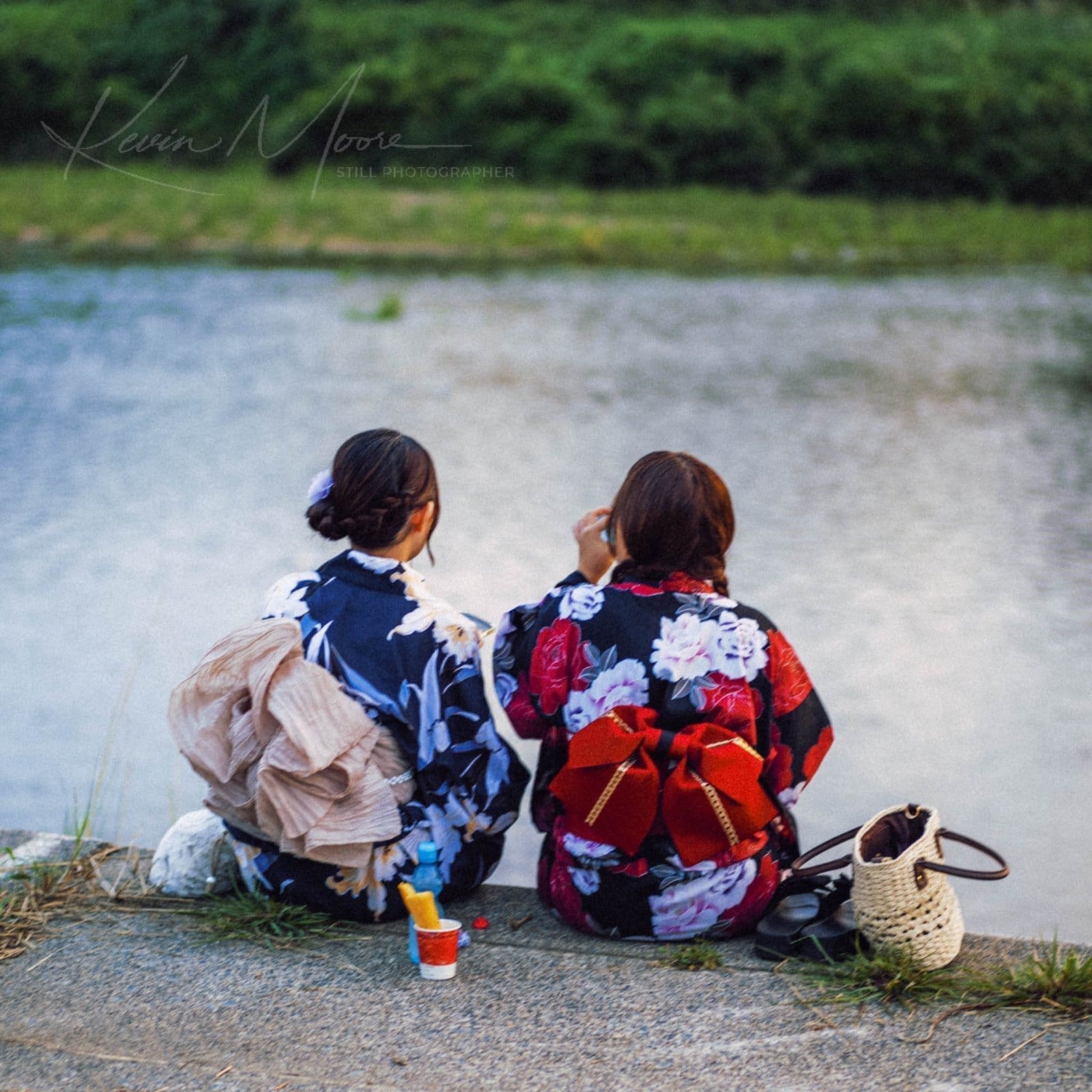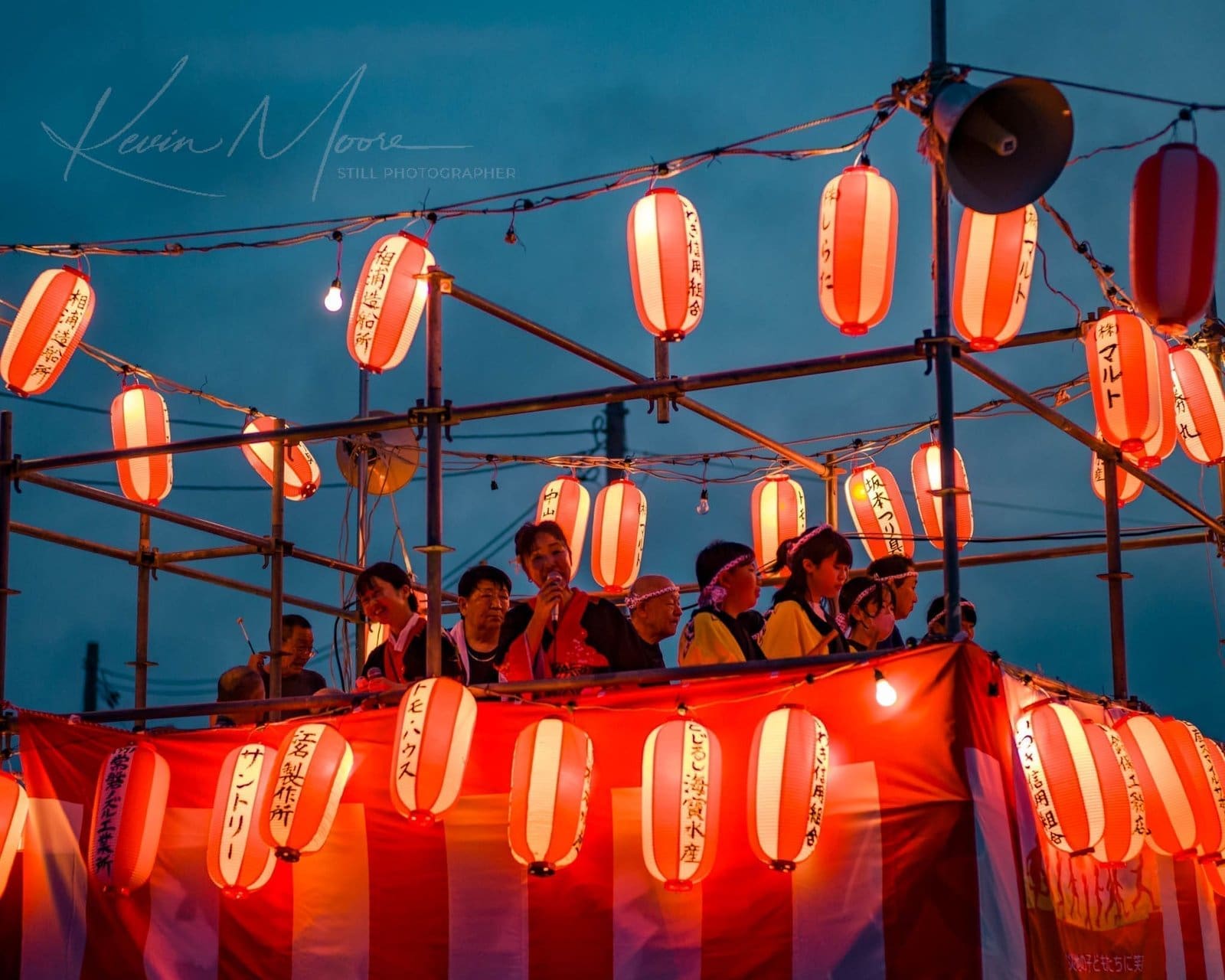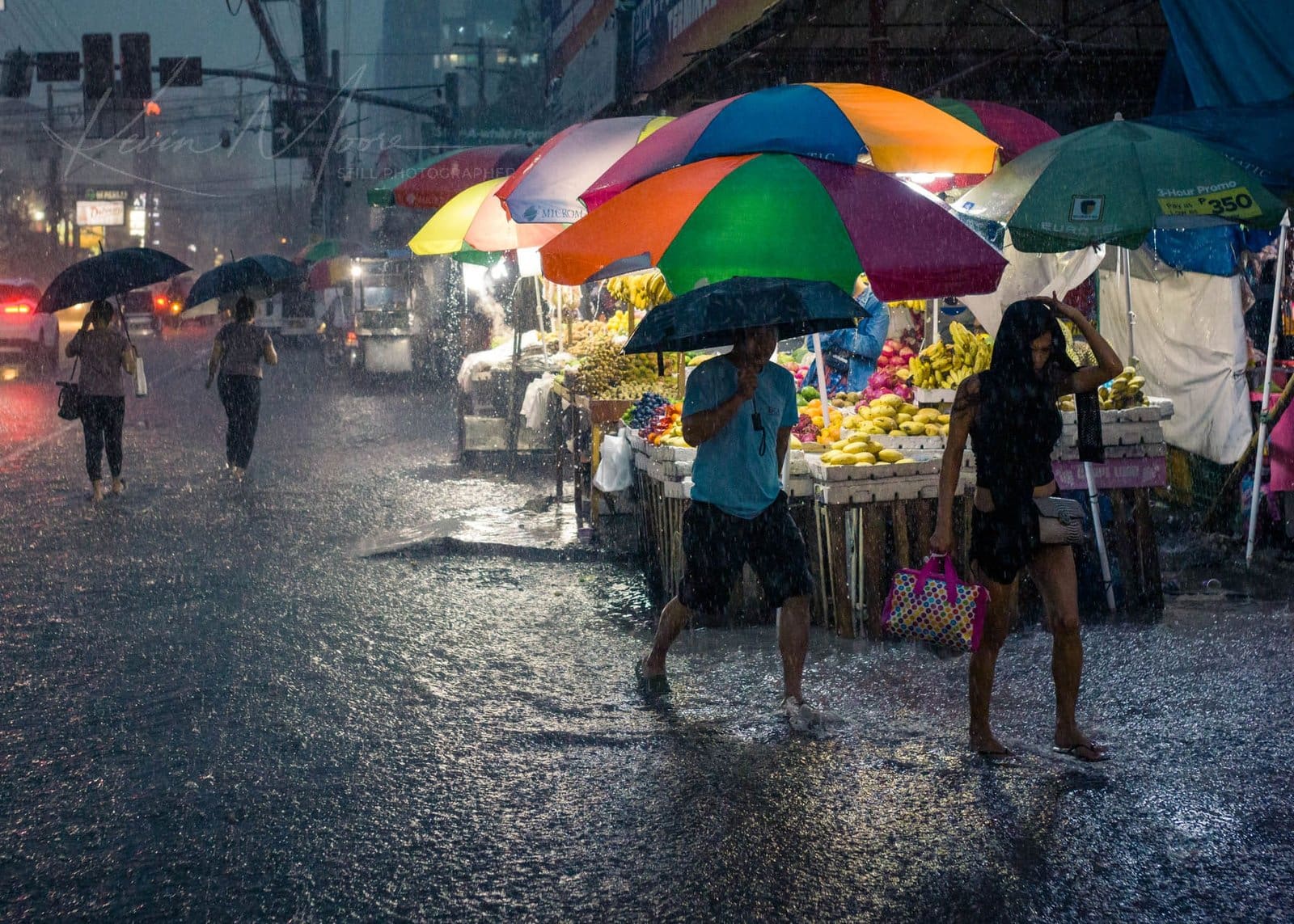
A Serene Pause by the Natsui River: Celebrating Japan’s Younger Generation and Heritage
Spending time along the Natsui River in Iwaki, Japan, evokes a profound sense of calm. It calls to mind my own encounters with nature and cultural tradition, and I was especially moved by a recent photograph I stumbled upon. This image encapsulates the heart of Japanese youth and time-honored customs in one fleeting moment.
A Photographic Glimpse: Capturing Youth and Tradition
The photograph portrays young women wearing summer kimonos, seated beside the Natsui River. Vibrant greenery sets a striking backdrop against their traditional attire, weaving together nature and cultural heritage in perfect harmony. Enhanced by the tranquil flow of the river, this scene highlights the delicate balance between innovation and tradition that defines contemporary Japan.
The Influence of Street Photography in Japan
Street photography, particularly in Japan, offers an intimate look into everyday life and societal norms. These unguarded snapshots reveal more about a community’s heart than posed portraits ever could. In this specific photograph, the camera captures more than a single individual—it captures a narrative. It’s a tale of youth connecting with and honoring their cultural roots. From the elegant lines of the kimono to the gentle current of the Natsui River, each detail reflects the lasting splendor of Japanese tradition.
Exploring Iwaki’s Cultural Tapestry
It would be remiss not to mention the historical and cultural significance of Iwaki, the city in Fukushima Prefecture where this photograph was taken. Known for its rich heritage and diverse influences, Iwaki benefits from its prime location near the Pacific Ocean and along picturesque rivers, attracting visitors and residents alike. Among these waterways, the Natsui River holds particular importance. Once essential for transportation and irrigation, it now provides a haven of serenity for the people of Iwaki. This evolving bond between humanity and the natural world is mirrored in how locals integrate the environment into daily life, much like the young person in the photograph represents the continued preservation of cultural identity.
Contemplating the Blend of Tradition and Modernity
This image is more than simply beautiful; it stands as a testament to how tradition remains relevant in modern Japanese life. Here, the old and the new merge seamlessly. The kimono—steeped in centuries of history—demonstrates reverence for the past while embracing the possibilities of the future. It’s in these unplanned, introspective moments that we often discover the most profound insights. The juxtaposition of youth and heritage, nature and culture, weaves a narrative both enduring and current. Taken by the Natsui River, this photograph serves as a poignant reminder of Japan’s intricate tapestry, where every thread—ancient or modern—carries equal significance.
Conclusion: Embracing the Timeless Spirit of Japan
A serene pause by the Natsui River is more than a picturesque scene—it is the essence of Japanese youth and tradition intertwined. The fusion of natural splendor and cultural legacy captures the soul of Japan and highlights the importance of preserving such moments for future generations. Whether you are a photography lover or simply drawn to cultural heritage, this photograph illustrates the enduring allure that defines Japan.




